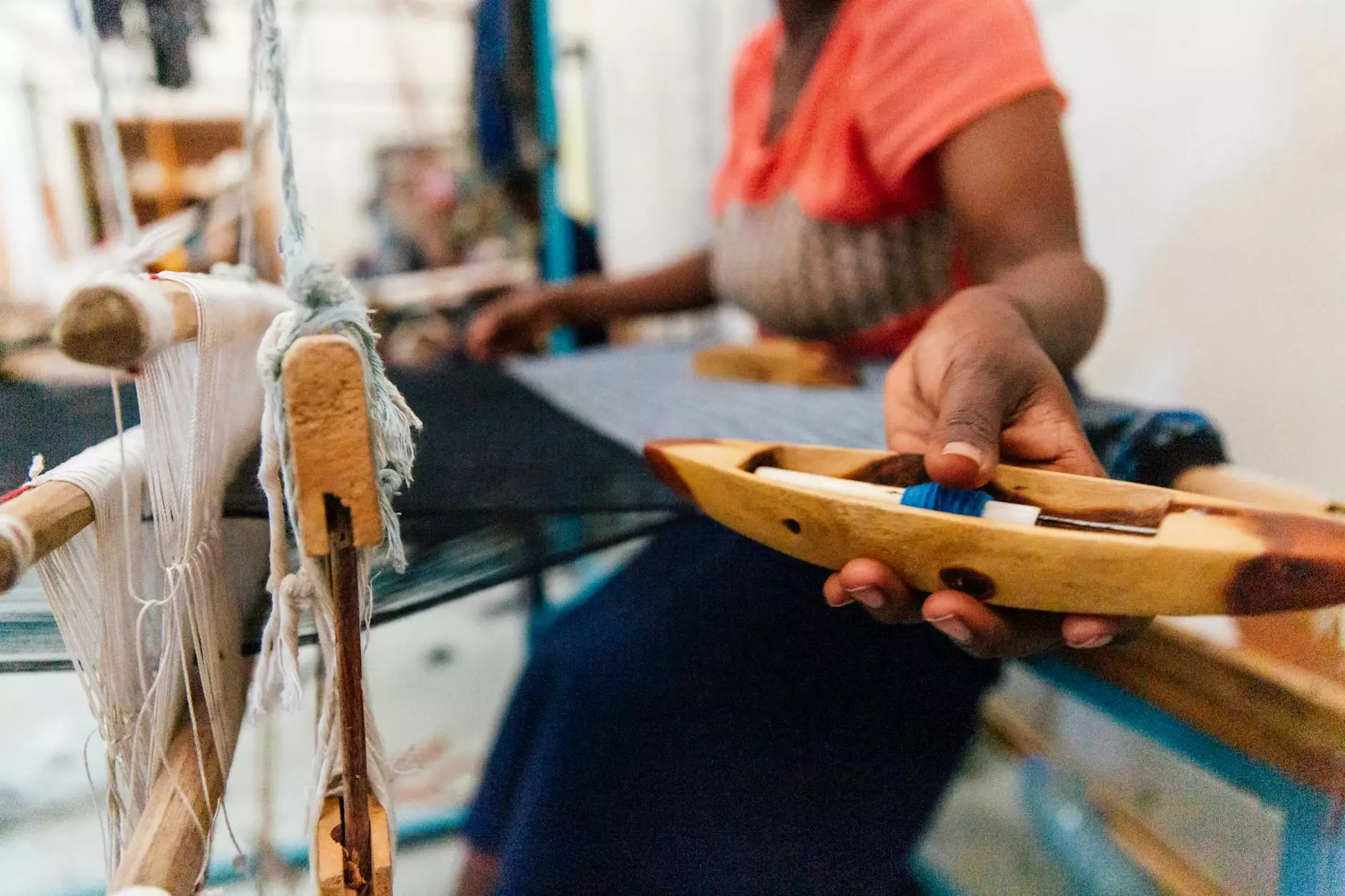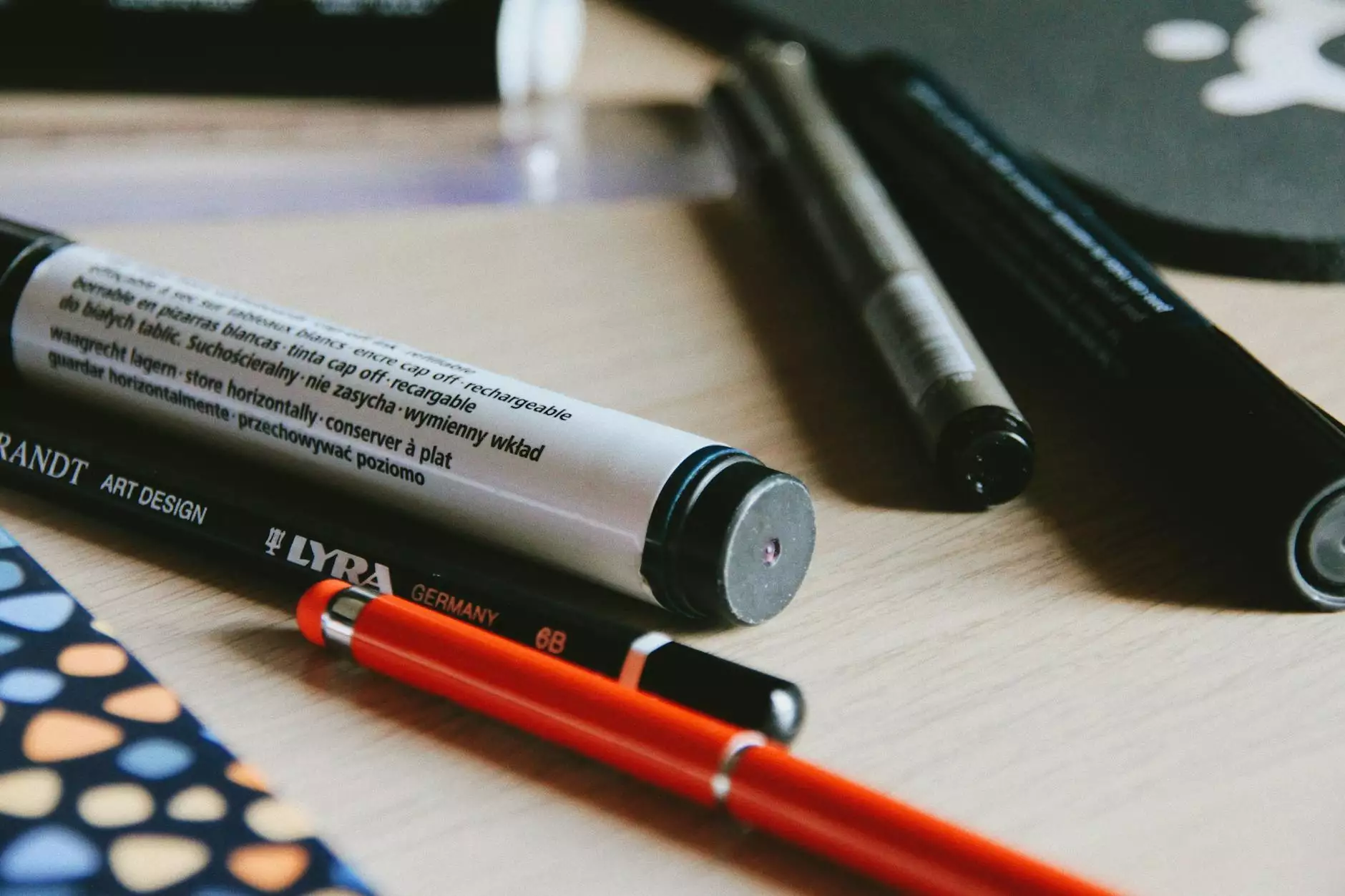Top 15 Commonly Found Mistakes in Embroidery Digitizing to Avoid
Marketing
Introduction
Welcome to MJ Design, the leading source for top-quality embroidery digitizing services. In this article, we will explore the top 15 commonly found mistakes in embroidery digitizing and provide you with valuable insights on how to avoid them. Whether you are an embroidery enthusiast, a professional designer, or a business owner looking to enhance your branding, understanding and avoiding these mistakes will ensure you achieve impeccable embroidery results.
1. Inadequate Underlay Stitching
Underlay stitching forms the foundation of any embroidery design. Insufficient or improper underlay stitching can lead to designs that lack stability, resulting in distorted or uneven outcomes. By ensuring the correct type and density of underlay stitches, you can enhance the overall quality and durability of your embroidery.
2. Poor Stitch Density
Stitch density refers to the number of stitches within a given area of an embroidery design. Inadequate or excessive stitch density can affect the appearance and functionality of the design. Achieving the right balance helps prevent gaps, thread breaks, or the fabric showing through, leading to a polished finished look.
3. Neglecting the Push and Pull Phenomenon
The push and pull phenomenon occurs when the fabric shifts or stretches during the embroidery process. Inconsistent tension and inadequate stabilization techniques can cause misalignment and distortion. Implementing appropriate stabilization methods and using the correct stabilizer type for the fabric are essential to prevent this issue.
4. Inaccurate Design Size
Incorrectly sizing your embroidery design can result in distorted or disproportionate stitching. It is crucial to choose the right size based on the intended application, fabric type, and stitch count. Ensuring the design is proportionate and fits the designated space will create visually pleasing and professional-looking embroidery.
5. Improper Thread Tension
The tension of the embroidery thread plays a vital role in achieving crisp, well-defined stitches. Inconsistent or incorrect thread tension can lead to loose, loopy stitches or thread breakage. By adjusting the thread tension appropriately based on the fabric and design, you can create flawless embroidery results.
6. Neglecting Thread Trims and Jump Stitches
Thread trims and jump stitches are essential elements to consider in embroidery digitizing. Neglecting proper trim settings can result in excessive thread buildup and undesirable thread tails. Efficiently managing jump stitches ensures a seamless design and reduces the need for excessive manual trimming or cleaning up.
7. Ignoring Stitch Direction
Stitch direction significantly impacts the final appearance of an embroidery design. Neglecting to consider stitch direction can lead to uneven stitches and distorted outlines. By analyzing the design's elements and ensuring consistent stitch angles, you can achieve clear, precise shapes and details.
8. Overlooking the Fabric Choice
The type of fabric used plays a crucial role in determining the success of an embroidery design. Different fabrics require different stabilizers and techniques to achieve optimal results. Carefully selecting the appropriate fabric and considering its stretch, weight, and texture will contribute to a professional finish.
9. Inappropriate Design Complexity
While intricate and detailed designs can be visually appealing, they may not always translate well in embroidery. Overly complex designs can lead to excessive thread breaks, poor stitch definition, or loss of details. Simplifying complex designs or opting for alternative techniques can help maintain the integrity and quality of the embroidery.
10. Lack of Proper Digitizing Software Knowledge
Proficient use of digitizing software is crucial to achieving high-quality embroidery results. Understanding the software's features, capabilities, and limitations allows for precise design creation and customization. Mastering the digitizing software will enable you to produce intricate and flawless embroidery designs.
11. Insufficient Color Management
Effective color management is essential in embroidery digitizing to ensure accurate representation of the intended design. Neglecting color matching, blending, or contrasting can lead to unsatisfactory results. By paying attention to color theory and ensuring proper thread color selection, you can create visually appealing and vibrant embroidery.
12. Inadequate Testing and Sampling
Rushing into the production phase without proper testing and sampling can result in costly mistakes. Before finalizing a design, it is crucial to create test stitches and samples to evaluate the design's appearance, thread tension, and overall quality. Identifying and rectifying any issues during the testing stage will save time and resources in the long run.
13. Poor Quality Control
Maintaining a strict quality control process is essential to producing high-grade embroidery. Neglecting quality control can lead to designs with missed stitches, inconsistent thread tension, or color mismatches. By thoroughly reviewing each design and ensuring it meets the desired standards, you can deliver flawless embroidery every time.
14. Neglecting Copyrighted Designs
Using copyrighted designs without proper authorization can result in legal consequences and damage to your reputation. It is crucial to respect copyright laws and obtain necessary permissions before digitizing and embroidering copyrighted material. By adhering to ethical practices, you will maintain a professional image and protect your business.
15. Lack of Continuous Learning and Improvement
Embroidery digitizing is a constantly evolving field, with new techniques and technologies emerging regularly. Failing to stay updated and continuously improve your skills can hinder your ability to produce exceptional embroidery designs. Embracing a mindset of learning, attending workshops, and engaging in professional development will help you stay ahead of the curve.
Conclusion
By understanding and avoiding the top 15 commonly found mistakes in embroidery digitizing, you can ensure the production of high-quality embroidery designs. MJ Design, led by Maja Johansen, offers expert embroidery digitizing services to help you achieve impeccable embroidery results. Don't let these common mistakes hinder your potential – instead, leverage this knowledge to stand out in the world of embroidery.










